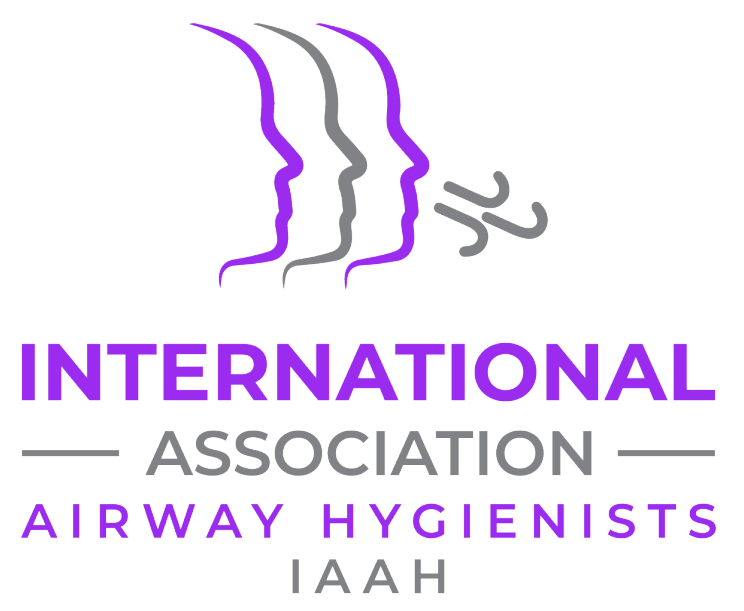
Mouth Breathing: The Silent Health Concern
- By admin
It’s fascinating how our breathing habits evolve and how they can impact our health. Nasal breathing offers myriad benefits that mouth breathing simply can’t match. From filtering and moisturizing the air to activating the parasympathetic nervous system through vagus nerve stimulation, nasal breathing plays a crucial role in maintaining our overall well-being.
Yet, many factors can lead us astray from this natural breathing. Conditions like asthma, allergies, and congestion can make nasal breathing difficult, pushing us towards mouth breathing or shallow chest breathing patterns. These habits, if left unchecked, can contribute to various health issues down the road.
The silver lining, however, lies in the fact that these patterns can be unlearned and reversed through proper training and attention. Techniques such as breathwork exercises, nasal dilators, and lifestyle adjustments can help retrain the body to embrace the benefits of nasal breathing once again. Reclaiming this innate ability can unlock various health benefits and improve our overall quality of life.
Common Signs of Chronic Mouth Breathing
- Addiction to Chapstick or Lip Balm: Mouth breathers often experience dry, chapped lips due to increased moisture evaporation from their mouths. This can lead to a reliance on lip balm or chapstick to alleviate the discomfort.
- Drooling During Sleep, Even in Daytime: Mouth breathing during sleep can cause drooling, as the mouth tends to fall open when nasal passages are not effectively utilized. This can occur not only at night but also during daytime naps or periods of relaxation.
- Waking Up with a Dry Mouth: Since mouth breathing bypasses the nasal passages, which naturally humidify and moisturize the air, mouth breathers often wake up with a dry sensation in their mouths. This can be accompanied by throat discomfort or even bad breath.
- Believing They Are Nasal Breathers Even Though Their Mouth Is Open Most of the Time: Some individuals may not realize they are chronic mouth breathers, especially if the habit developed gradually over time. Despite believing they primarily breathe through their nose, observation or feedback from others may reveal that their mouth is open more often than not.
The Domino Effect of Chronic Mouth Breathing
Reduced Oxygen Intake: Mouth breathing decreases the efficiency of oxygen intake compared to nasal breathing, impacting sleep quality, stamina, and energy levels. This can exacerbate conditions like ADHD and contribute to overall fatigue and lack of vitality.
Oral and Pharyngeal Tissue Dryness: Chronic mouth breathing can lead to dryness and irritation of oral and pharyngeal tissues, increasing the risk of various issues such as inflamed tonsils, tonsil stones, dry cough, swollen tongue, halitosis, gingivitis, and dental caries.
Digestive Issues: Mouth breathing may contribute to digestive issues such as gas, bloating, and flatulence due to increased air swallowing during meals, which can lead to discomfort and gastrointestinal disturbances.
Cardiovascular and Stress-Related Problems: Long-term consequences of mouth breathing may include high blood pressure, increased risk of cardiovascular disease, and heightened stress-related issues such as anxiety, panic attacks, and insomnia.
Immune Function: Mouth breathers may have lower immunity to airborne viruses, allergens, and bacteria due to reduced filtration and humidification of air by the nasal passages, making them more susceptible to infections and respiratory issues.
Vicious Cycle with Anxiety and Sleep Apnea: Mouth breathing and anxiety can create a vicious cycle, with rapid and dysfunctional breathing exacerbating stress and vice versa. Additionally, mouth breathing is linked to sleep apnea, where low carbon dioxide levels trigger over-breathing and hyperventilation, leading to poor sleep quality and fatigue.
Skeletal Development Issues: In children, chronic mouth breathing can negatively impact skeletal development, leading to malocclusions and an underdeveloped maxilla, which may predispose them to obstructive sleep apnea later in life.
What’s Myofunctional Therapy Got To Do With It?
Restoring Tongue Position: Mouth breathing often results in a low resting position of the tongue, which can negatively affect oral and facial development. Myofunctional therapy aims to restore proper tongue positioning, encouraging the tongue to rest against the palate. This provides passive pressure to stimulate stem cells in the palatal suture and periodontal ligaments and helps in proper facial and dental development.
Addressing Lingual Frenulum Issues: In some cases, mouth breathing can be caused by tight lingual frenula, which restricts tongue movement and hinders proper chewing, swallowing, and tongue positioning. Myofunctional therapy, before and after a tongue tie release, helps prevent subsequent problems by optimizing tongue function and mobility.
Ensuring Effective Tongue Resting: Using mouth tape during sleep to encourage nasal breathing may not suit everyone, especially those at risk of sleep apnea. Myofunctional therapy ensures that the tongue has the strength and stamina to comfortably rest on the palate throughout the day and night, reducing the reliance on mouth breathing. (Mouth taping should only be considered after addressing underlying issues related to mouth breathing, and it should be done under the guidance of a myofunctional therapist.)
Orofacial Myofunctional Exercises: These exercises are an essential component of myofunctional therapy, helping to strengthen and retrain the muscles of the tongue, lips, and face. By incorporating these exercises, individuals can gradually transition from mouth to nose breathing, mitigating the associated problems.
By addressing mouth breathing early and incorporating myofunctional therapy, the severity and number of associated issues can be reduced, leading to improved overall health and well-being in the long term.
References
Baxter, R., & Baxter, D. (2018). Tongue-Tied: How a Tiny String Under the Tongue Impacts Nursing, Speech, Feeding, and More. Alabama Tongue-Tie Center.
McKeown, P. (2015). The Oxygen Advantage: Simple, Scientifically Proven Breathing Techniques to Help You Become Healthier, Slimmer, Faster, and Fitter. HarperCollins.
Saccomanno, S., & Coceani Paskay, L. (2021). New Trends in Myofunctional Therapy. Occlusion, Muscles, and Posture. Ediz. Illustrata. Edi. Ermes.





